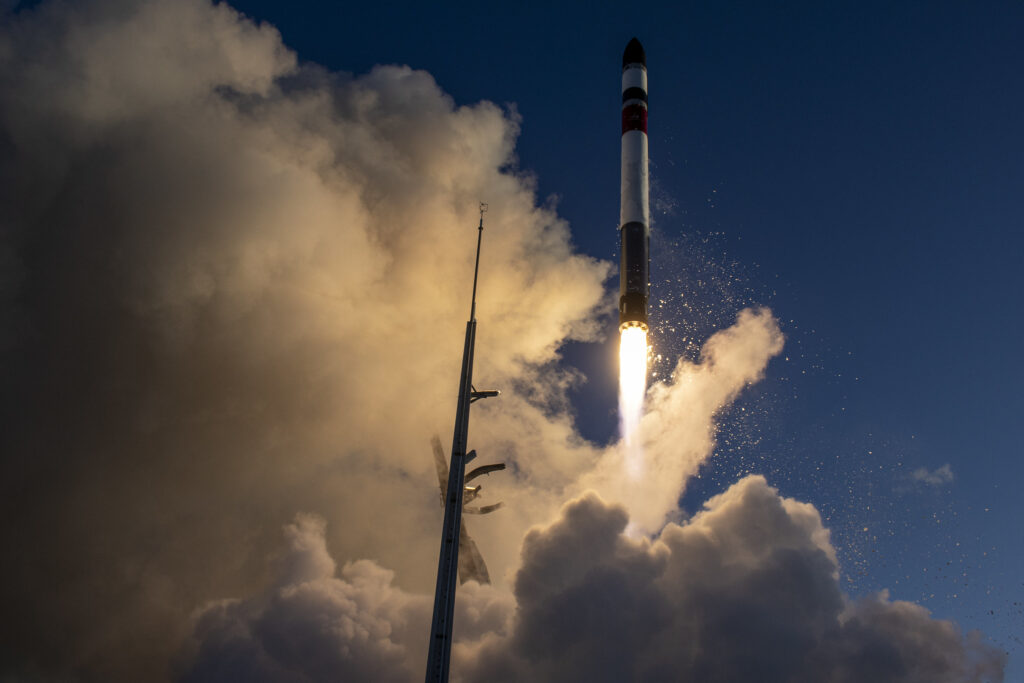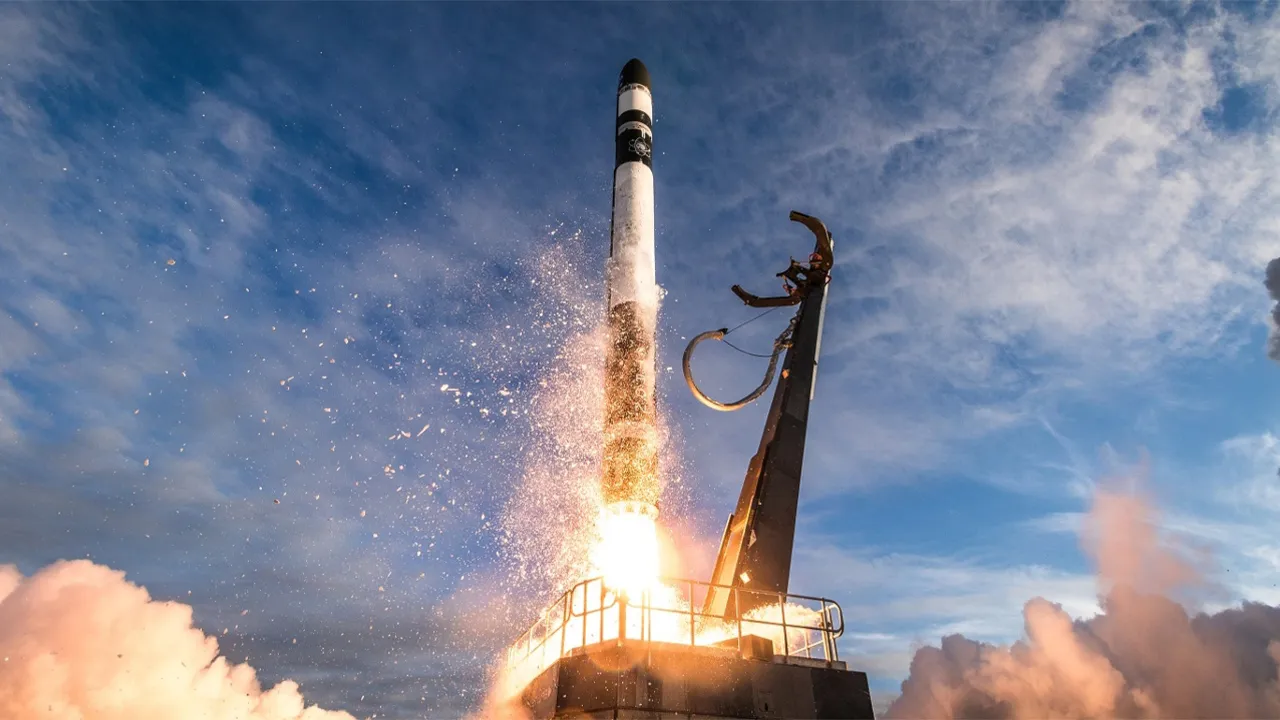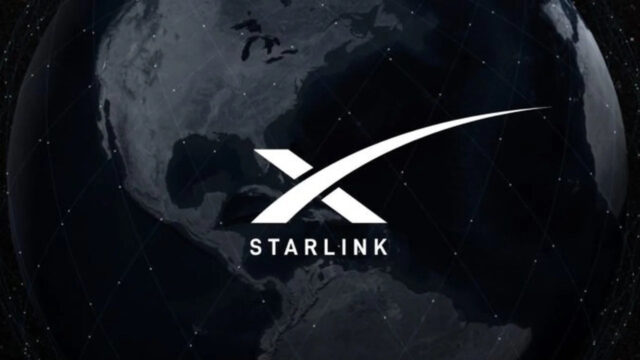SpaceX has delayed the launch of NASA’s Surface Water and Ocean Topography (SWOT) satellite until Friday (Dec. 16) to allow more time to investigate an issue with the Falcon 9 rocket. Here are the details…
SpaceX delays launch of NASA water-monitoring satellite due to rocket issue
The Falcon 9 rocket went vertical on the pad at Space Launch Complex 4 East (SLC-4E) at Vandenberg Space Force Base in California, but teams identified moisture in two Merlin engines on the rocket’s first stage booster. The satellite was originally scheduled to lift off on Thursday (Dec. 15) at 6:46 a.m. EST, but teams completed inspections of the rocket’s engines and will use the additional time to complete data reviews and analysis before a launch attempt.

It is possible that the moisture detected in the engines is water, given that a storm recently passed through the Vandenberg area. If that is the case, Friday is a realistic launch target. However, if the moisture is something else, such as propellant, there may be a longer delay. “Likely, if it is something other than water, we would need to stand down on the launch and remove and replace those engines to ensure that we launch reliably,” said Julianna Scheiman, civil satellite missions director at SpaceX.
The Falcon 9 rocket is powered by nine Merlin engines in its first stage, with a single Merlin engine in the upper stage that is optimized for use in space. SWOT is a joint effort of NASA and the French space agency CNES, with contributions from the Canadian and U.K. space agencies.
Once in orbit, the satellite will measure water levels of lakes, rivers and oceans around the world with unprecedented precision. The mission’s data will be used to gain a better understanding of our world’s waterways and how they are affected by climate change, among other applications.
Friday is shaping up to be a busy day in spaceflight, with SpaceX launching two other missions in addition to SWOT. Both of these will lift off from Florida’s Space Coast, one carrying a batch of the company’s Starlink internet satellites and the other sending up two satellites for the telecom company SES. Rocket Lab is also targeting Friday for its first-ever launch from U.S. soil, sending an Electron booster topped with three HawkEye 360 radio-monitoring satellites into orbit from NASA’s Wallops Flight Facility in Virginia.
(via)














